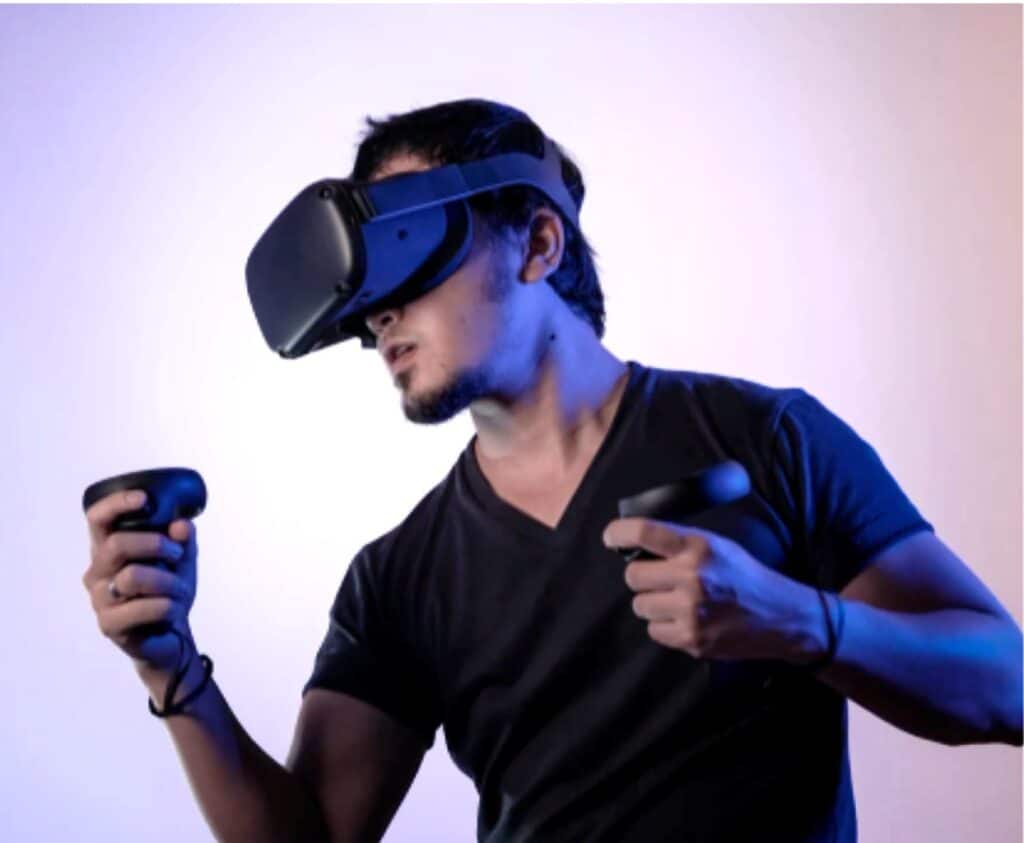

Video consumption has skyrocketed in the last 18 months. This feature is now embedded across many aspects of our daily lives, from online streaming to video calls with our colleagues.
The pervasiveness of high-speed broadband and the ease of consumption is fuelling its use in many applications.
With these five (5) high-growth use cases of video, we hope to inspire you to integrate one or many of these new video-powered features in your businesses:
To minimise the challenges associated with fraud, telecommunication and financial service institutions require consumers to visit physical branches when opening a mobile or banking account. Video-based e-Know Your Customer (e-KYC) can now address the need for potential customers to be present at a physical branch while remaining compliant with visual confirmation regulations.
Developed by Malaysian start-up OkayDoc, telecommunication companies utilising e-KYC registered a 280% increase in monthly pre-paid SIM activation in April 2020. In addition, following the approval by Bank Negara on the use of e-KYC in mid-2020, this feature will likely be an exciting capability made available by all banks in the coming months.
A typical visit to the doctor meant considerable time spent on driving or commuting to the clinic or the hospital. Add to these are other inconveniences such as finding a parking spot, waiting for your turn and the risk of infections.
DoctorOnCall, a tele-health provider has built a healthcare system that offers video consultation to its 250,000 subscribers. This platform combines video and voice technologies with Artificial Intelligence (AI) to accurately diagnose non-communicable diseases based on patient symptoms. Similar applications that integrate live video with technologies such as AI are set to enhance business processes in other industries as well.

Global technology giants have been investing heavily to develop the Augmented Reality (AR) and Virtual Reality (VR) ecosystem. Pre-pandemic, the adoption of AR and VR in the local industry was largely limited to entertainment applications. During the pandemic, the real-estate industry adopted AR and VR technologies to transform customer journeys right from virtual galleries for property display to digital contracts and even online loan approvals.
Local company, VR Lab Bhd. provides a property-tech solution to developers, providing consumers with a complete 360-degree experience of owning their unit. Consumers can familiarise themselves with not just the internal unit layout and design, they can also get a view from their unit. Developers have greatly benefited from this tech as customers can now remotely purchase and complete the entire contract process to owning their homes virtually.
We are beginning to see the first few initiatives in providing video calls for customer service. Standard Chartered Bank Malaysia is the first to introduce a video banking service.
Available via its website, this feature allows customers the full range of banking services, akin to visiting the physical branch. In addition to video, clients can share screen and collaborate to complete any of their banking transactions. In the future, this will likely become the norm for wealth management services across all banks focusing on high net-worth individuals.
This feature gained popularity as companies looked to reach out to consumers when launching their new products as well as increasing engagement on their digital sites. Social media platforms and e-commerce sites such as Shopee are now providing live features to encourage streaming.
Small and medium business owners such as Sambal Nyet by Khairul Aming have been at the forefront of using live streaming on social media platforms with great success. Moving forward, we will see brands partner with social media influencers and use live streaming to drive demand and increase engagement on their websites and mobile applications.
The availability of 5G will further accelerate the many use cases of video. By the end of this decade, the low latency and high-speed networks will enable applications such as remote surgery, virtual reality, augmented manufacturing and countless other new applications. The time is ripe for businesses to start experimenting with a video towards enhancing their operations.